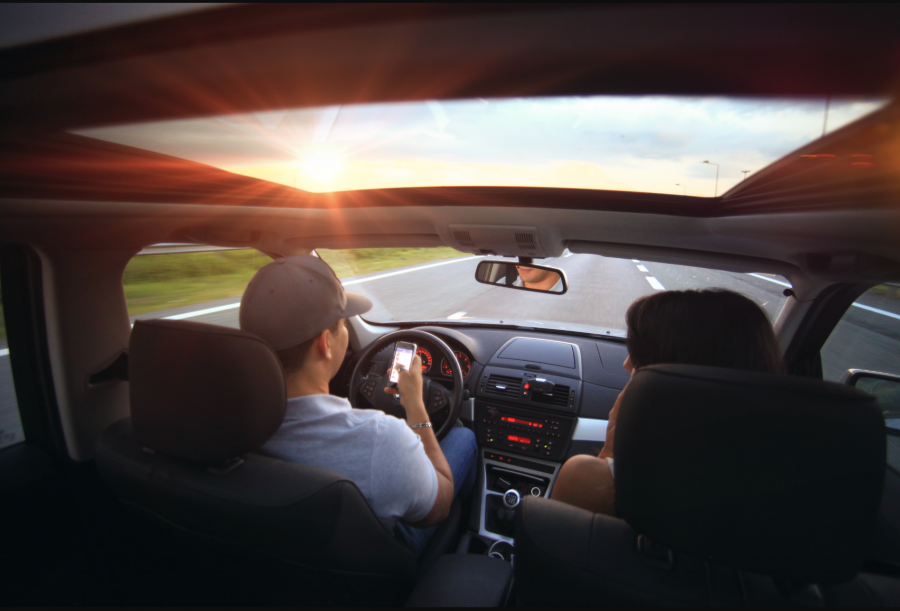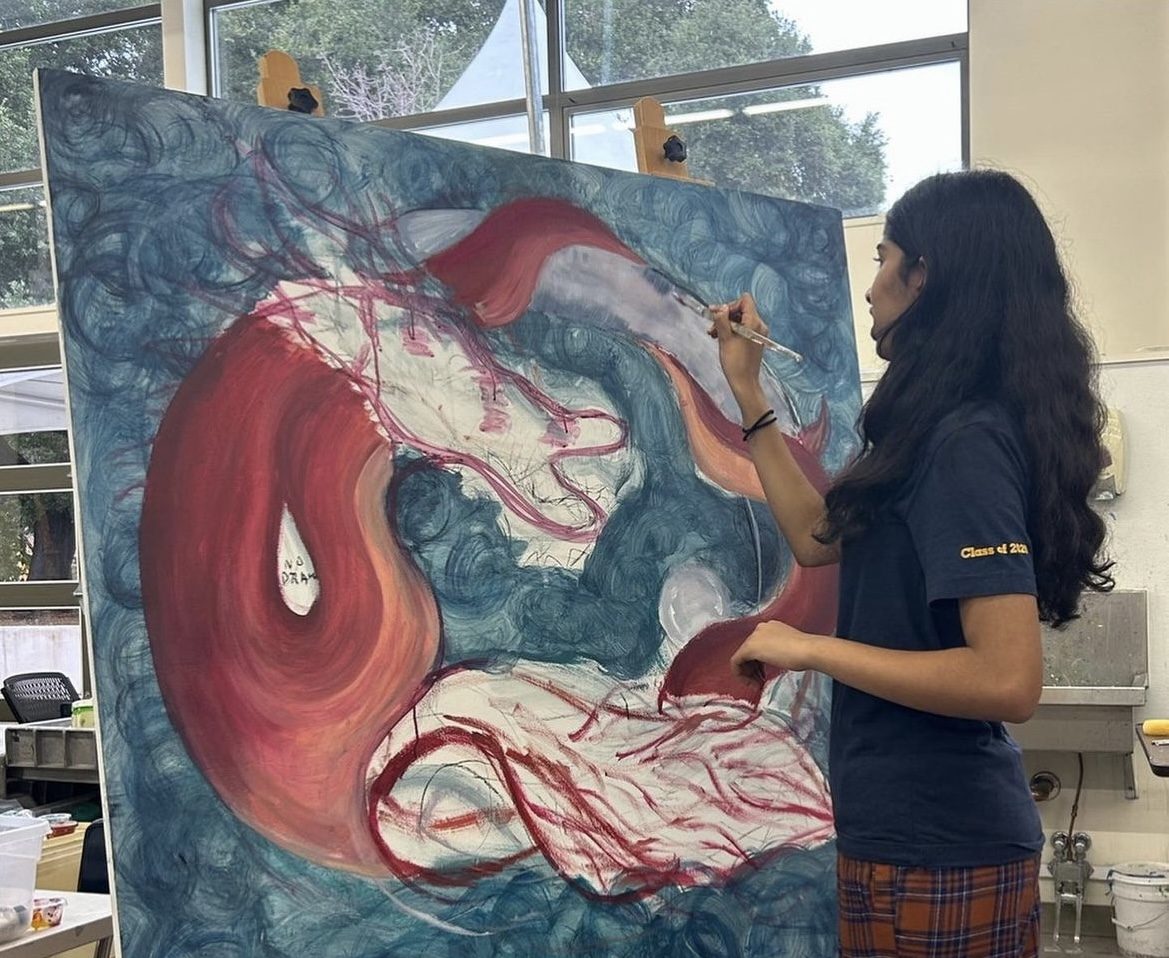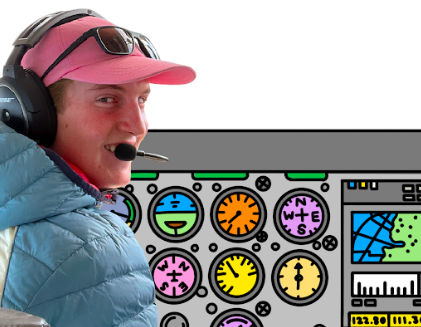What are the driving rules for teenagers? Are they actually followed? Read below to find out more. Creative commons image: SplitShire from Pexels.
by Abby Wolfenden
As soon as one’s 16th birthday hits, Menlo students are ecstatic to begin driving themselves. Driving is convenient because we no longer have to rely on our parents for rides; however, there are also several elements of driving under the age of 18 that could be seen as drawbacks.
According to the Department of Motor Vehicles, the three key driving laws for adolescent drivers are as follows:
The Passenger Rule: No passengers for first year drivers are allowed in the vehicle unless they are a parent/legal guardian, or immediate family.
The Curfew Rule: First year drivers cannot be on the roads between the hours of 11pm and 5am.
The Phone Rule: The use of phones or devices (including hands free) while driving is against the law.
While these rules are intended to keep us safe, they can also be extremely inconvenient at times. Some students expressed agreement with driving laws, while others disagreed with the implications of the laws. In regard to the passenger law, junior Ellie Pinkus agrees that for at least the first month or so of receiving a license, it’s important to follow the law. “I didn’t feel comfortable driving people […] even if there was no law because although I think that I’m an okay driver, at that time since I hadn’t been driving by myself at all I needed to focus on being able to navigate the road without any other distractions,” Pinkus said.
Junior Hunter MacDonald touched on the importance of comfort but also how following the law can be difficult since people without licenses may need rides. “In the first couple of weeks I really think that you should just drive people that you’re comfortable with, like families and siblings, but as you begin to get more comfortable with driving I feel like driving just by yourself tends to become really hard because you have friends who can’t drive,” MacDonald said.
Another big aspect of the passenger law is the ability to drive siblings, which junior Sophia Lind believes is counter intuitive, since driving siblings provides the same amount of distraction as friends. “I’m personally not a fan of ‘you can drive your siblings, but not any of your friends’ your first year. […] I feel like driving a sibling is equally if not more stressful and distracting than driving a friend just because they can easily criticize you on your driving or make distractions like turning up the music too loud or telling you to turn earlier than you feel comfortable,” Lind said.
Understandably, a big concern behind the installation of the passenger law is liability reasons. However, since so many teenagers drive friends regardless of the law, if there was an accident, repercussions would be far worse and more time consuming than if driving passengers was made legal for teens in their first year of driving. Fewer tickets would need to be issued, and there would be less conflict between adolescent drivers and adults.
Additionally, driving friends for carpool purposes to or from an event can be made extremely difficult with respect to the passenger law. Carpooling is efficient, especially for school or sporting reasons. Many Menlo students live much farther north or south from Atherton, so drives to school can range from 30 minutes to an hour. Carpooling would not only be beneficial to students time-wise, but it would limit the need for gas money and improve the environment. Sophomore Meredith Power lives in Hillsborough and doesn’t have her license. She relies on carpools and the train for transportation. “I think [the law] has really hindered me from being able to get to school quickly or at all for after school events,” Power said. On the other hand, some students remain unaffected by the driving laws, like junior Kathryn Wilson who commented on how the driving laws don’t affect her at all. She always rides the train to school, so she has never experienced a run-in with a law.
Another challenge Menlo students face is the 11 p.m. curfew. “The 11 p.m. curfew is definitely hard because sometimes you’ll be out and even if you plan to get home by 11, things can happen, [like hitting traffic.] I think that as long as you’re being safe I don’t think 11 or 11:30 really makes that much of a difference,” Pinkus said. “I think part of it is just judgment of time. A lot of new drivers aren’t used to having different time limits in driving and that is a big challenge with the 11 p.m. curfew. Most people come home later than they expect,” Lind added.
Beyond time and passenger constraints, using devices such as phones is also illegal while driving. Unfortunately, the phone law is at odds with our society. Nowadays, navigation applications such as Waze and Google Maps are critical for adults and adolescents alike. Teenagers especially have moved on from the radio to music apps such as Spotify, Apple Music, and SoundCloud. “The GPS is unavoidable because so many people need it everyday to get where they want to go. The music and texting is so ingrained in us that we don’t think anything of it,” senior Sophia Donovan said. Additionally, texting and snapchatting have become important platforms for communication. In regard to all these aspects of the phone, avoiding the use of a device while driving can be very problematic. “I definitely get distracted by music, maps, and snapchatting when I drive, especially in traffic when I feel ‘safer’ doing so,” senior Allison Liddle said. “I think some parts [of the phone] like GPS is necessary but not the texting or music, those things are avoidable but people are so attached that it feels like a necessity to be doing those things,” senior Indy Varma added.
All it takes for an accident to happen is changing a song, responding quickly to a friend, or reading through Waze’s directions. “[Texting is] really tempting and I am definitely guilty of it sometimes, but it is dangerous and no doubt cases a large majority of teen driving accidents,” senior Alena Stern commented. On the other hand, breaking some of these laws can be harmless, like driving a friend home so they don’t have to wait an hour for the train, or arriving home at 11:15 p.m. because you got lost. There is a fine line between what the law deems safe and necessary, and what reality deems necessary. Nevertheless, it is important to be careful in all decisions we make and use common sense and natural intuition to make sure the roads remain safe for everyone.








